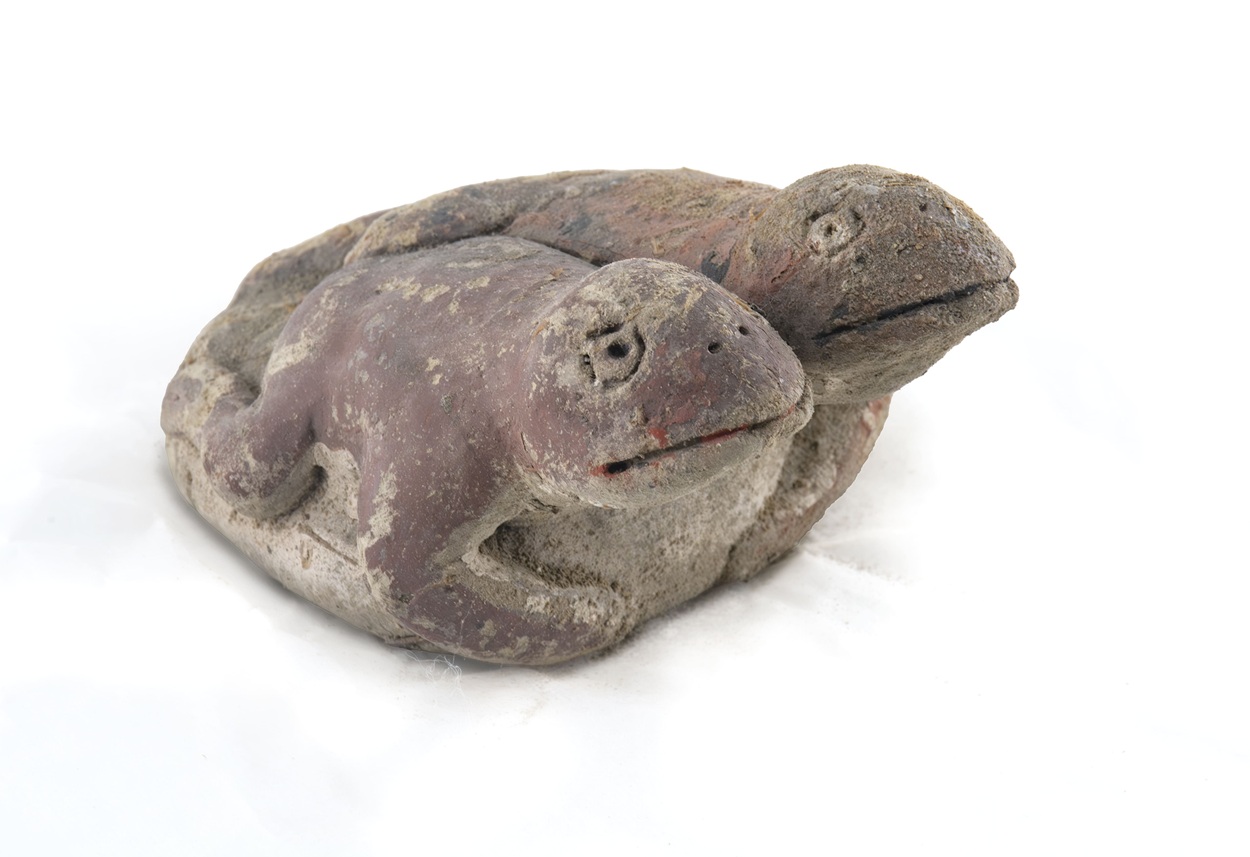Vichama is a 3,800-year-old agricultural and fishing settlement in the Végueta district of Huaura, Peru.
Rising on a raised terrace just 1.5 kilometers from the coast, the site extends across roughly 25 hectares and includes 28 identified structures, along with plazas and residential zones.
The settlement is part of the Caral Archaeological Zone (ZAC), home to the Sacred City of Caral-Supe, the centre of the Caral civilisation.
Recent discoveries have revealed how the ancient inhabitants used art and architecture to address themes of water, life, and resilience in the face of climate change.
Among the finds are unfired clay models of toads, the most notable being a conjoined toad figurine measuring 12 cm’s (4.7 inches) long.
In Andean cultures, the toad is symbolic of rainfall, fertility, and the renewal of life. They are often found on mud-brick friezes and artwork at Vichama, in addition, skeletal remains of toads have been found in ritual deposits.
“These figures echo earlier mural reliefs depicting cycles of scarcity and abundance, underscoring the challenges of climate variability that this society endured,” said the Peruvian State.
Excavations also unearthed miniature buildings made from clay, indicating an advanced understanding of urban planning and social organisation.
“Taken together, the findings consolidate Vichama as a significant site for understanding not only the subsistence and constructive planning strategies of its inhabitants, but also their extraordinary capacity to transform social experience and adversity into a collective message of resilience in the face of the global climate crisis.”
Header Image Credit : Peruvian State
Sources : Peruvian State







